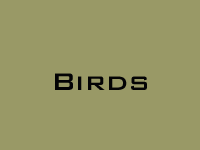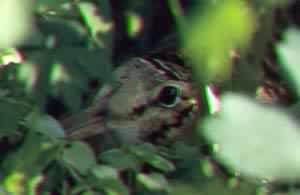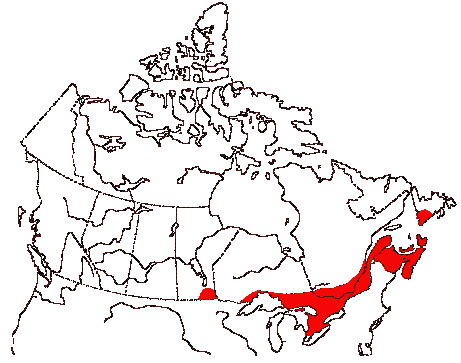
 |
 |
American Woodcock
Scolopax minor

American Woodcock. Photo:Mont St-Hilaire Nature Center
The woodcock literally has eyes on the back of it's head. Its 360 degree vision presumably allows for improved detection of predators. It may need it too, because each year, hunters take several tens of thousands of woodcocks. Considering that much of the prime woodcock habitat is being lost to agricultural and urban development, woodcock habitat improvement is sorely needed in Canada. Woodcocks return to southeastern Canada from their wintering grounds in the southeastern United States in March; earlier than most other migratory bird species. Although they inhabit second-growth forests mixed with open fields, this species has rigid habitat requirements. In fact, successful breeding depends on a mind-boggling range of habitats: singing grounds, day cover, nesting cover, rearing habitat, roosting habitat, and autumn habitat. It seems that the northern distribution of the woodcock is tied to that of its staple prey item, earthworms. Northern soils contain few earthworms and, therefore, cannot support woodcocks, while the rich soils of southern Canada may contain 400-600 earthworms/square metre - apparently enough to support a woodcock population.

![]() Distribution
of American Woodcock in Canada
Distribution
of American Woodcock in Canada
